Thang Den: A Must-Try Delicacy in Ha Giang’s Rocky Plateau
When visiting the rocky highlands of Ha Giang, you just cannot miss the well-known snack Thang Den. Many guests have warmed their hearts with this specialisation during the cold winter days. Let’s explore in this post the special tastes of Ha Giang’s Thang Den with MOTOGO Tours!
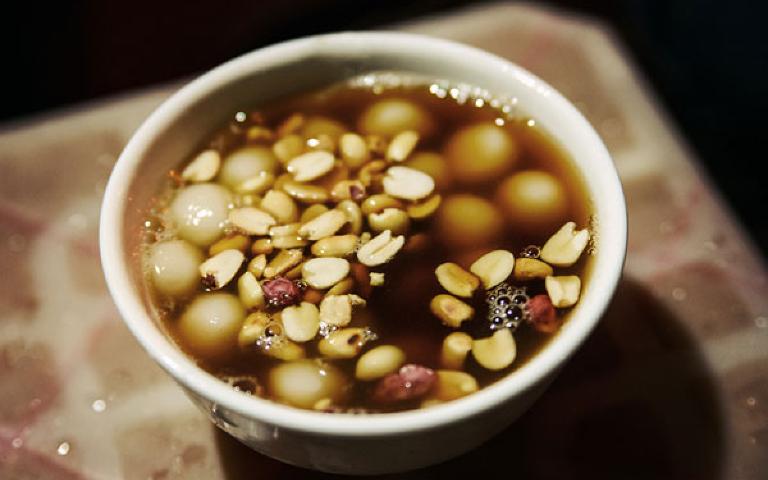
An Introduction to Ha Giang’s Thang Den
Ha Giang’s culinary specialties leave a lasting effect on everyone. From Ha Giang sausages, smoked buffalo meat, Thang Co, Au Tau porridge, to the five-colored sticky rice — the menu runs on. Thang Den is among these the “hidden gem” of the Northwestern highlands and woodlands.
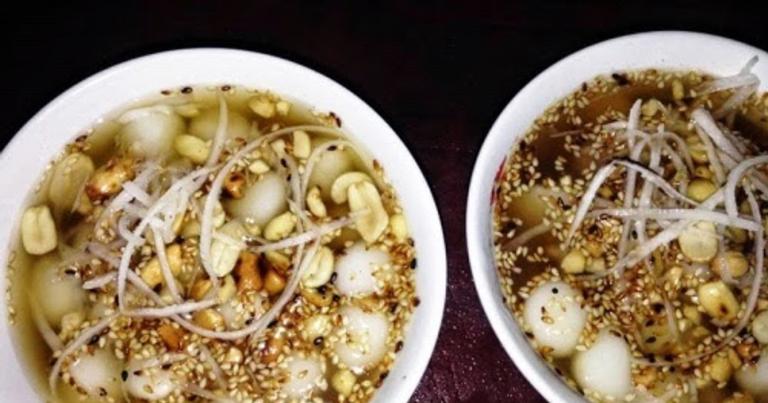
For years people living in the border areas have relied heavily on the rustic cuisine Thang Den. It initially seems to be the lowlands’ “Banh Troi Nuoc,” gluconous rice balls. Some even equate it with the “Banh Troi Tau” in Hanoi, “Cong Phu,” “Sui Din,” or the “Che Lum Chum” in the Southern provinces. Ha Giang’s Thang Den distinguishes itself, nonetheless, in taste and size.
Though considerably smaller than the standard Troi Nuoc, each Thang Den ball is fashioned into a tiny, circular form, around the size of a glutinous rice cake. Actually, it’s only rather larger than a tapioca pearl. This makes it simple to consume in one mouthful; if you’re particularly hungry, you might even eat two or three at once.
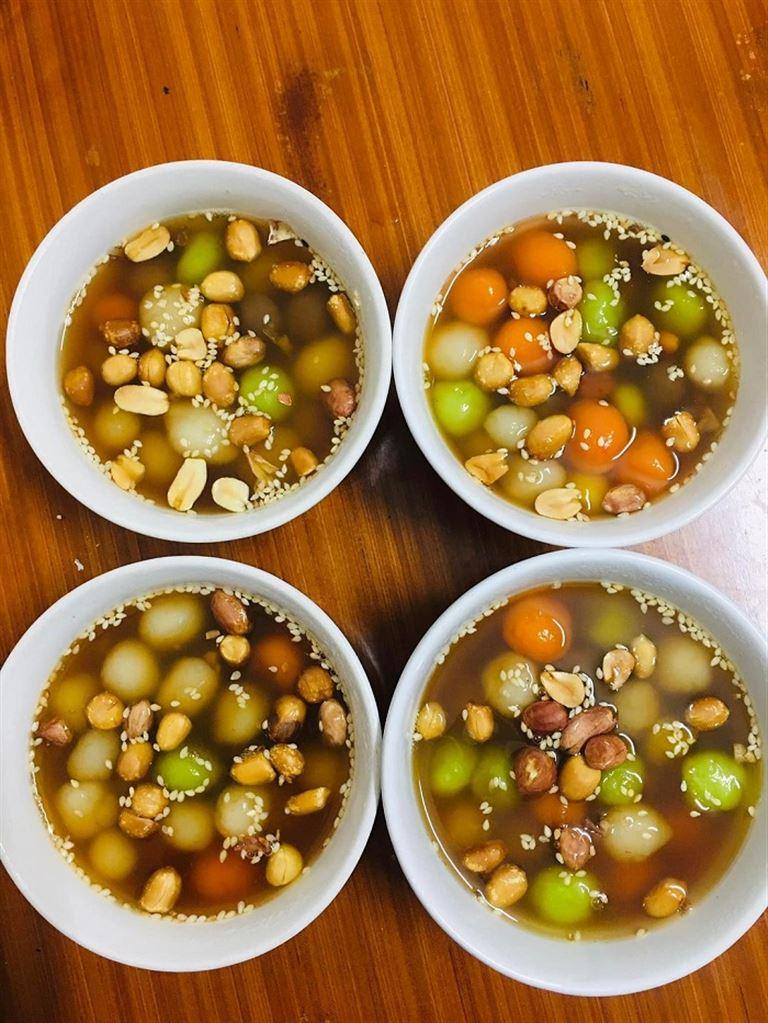
Thang Den comes in two primary flavours: the simple sort and the one loaded with mung bean paste. Usually more than the plain Thang Den, the mung bean-filled one can vary in size depending on the hands used to mould it. Thang Den comes in a number of hues more than just white, including green, yellow, purple, red, orange, and pink, which adds still another intriguing feature—color.
A good bowl of Thang Den comes accompanied with a sweet, syrupy syrup. Though having own distinct qualities, Thang Den tastes most like Hai Phong’s Sui Din. Driven by its proximity to the Chinese border, it has a different sweetness than the light, delicate flavour of Banh Troi Nuoc. A little spice from ginger and the nutty crunch of roasted peanuts accentuate the taste. From the first mouthful, this harmonic combination will enthrals you.
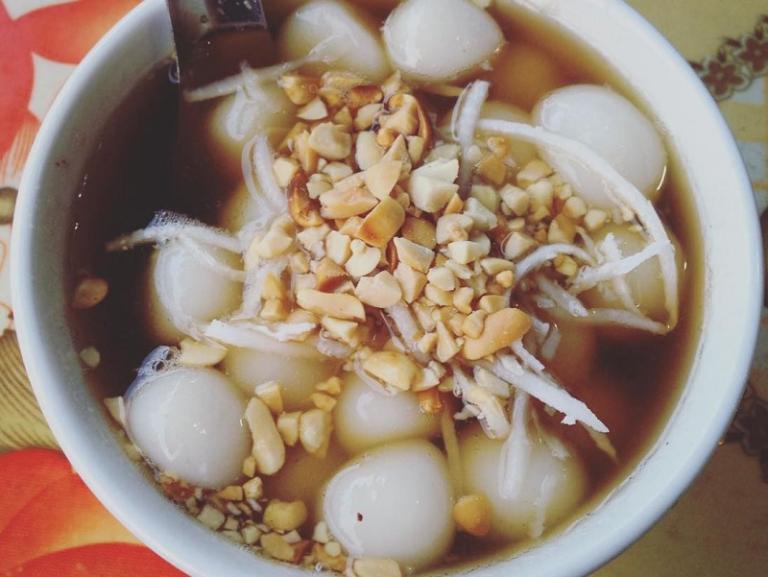
Though it’s a dish eaten seasonally, Thang Den became one of Ha Giang’s famous specialities is not entirely apparent when. The residents start preparing it only when the chilly winter winds blow through, bringing the meal to life in their own houses and then selling it to visitors in the old quarter or at local markets.
Ingredients for Making Thang Den in Ha Giang
Ha Giang’s Thang Den mostly consists of sticky rice, hence the choice procedure is especially important. The residents insist on utilising “Nep Cai Hoa Vang,” sticky rice, a kind cultivated in Yen Minh District, Ha Giang. This rice boasts robust, plump grains and clear white colour. Yen Minh glutinous rice provides, when cooked, a naturally sweet, nutty, and rich flavour that is very unique and unequalled by all other kinds of rice.
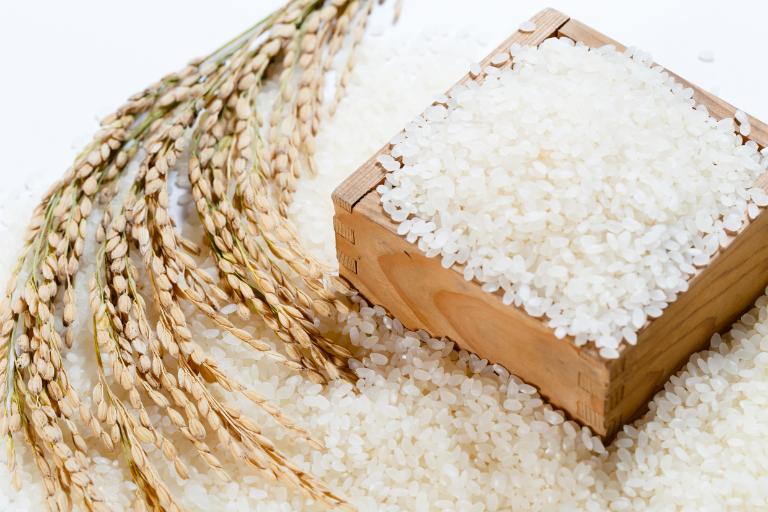
Yen Minh rice’s unique chewy texture and rich, nutty taste provide Thang Den its trademark thick and smooth consistency. Every dumpling produced from this rice smells remarkably good. Made with brown sugar, coconut milk, and hot ginger-infused water, the sweet syrup comes next as another really vital ingredient. To accentuate its tastes and provide a wonderful finishing touch, Thang Den also goes well with shredded coconut, sesame seeds, and crushed peanuts.
How Thang Den is Prepared
Traditional preparation methods
Made with sticky rice flour, thang den forms dough rolled into little, spherical balls. Mixing the sticky rice flour with water starts the preparation; kneading it until a smooth, flexible dough results. Little bits of the dough are then rolled into bite-sized balls. The rice balls are boiled in water until they float, therefore signifying their complete cooking.
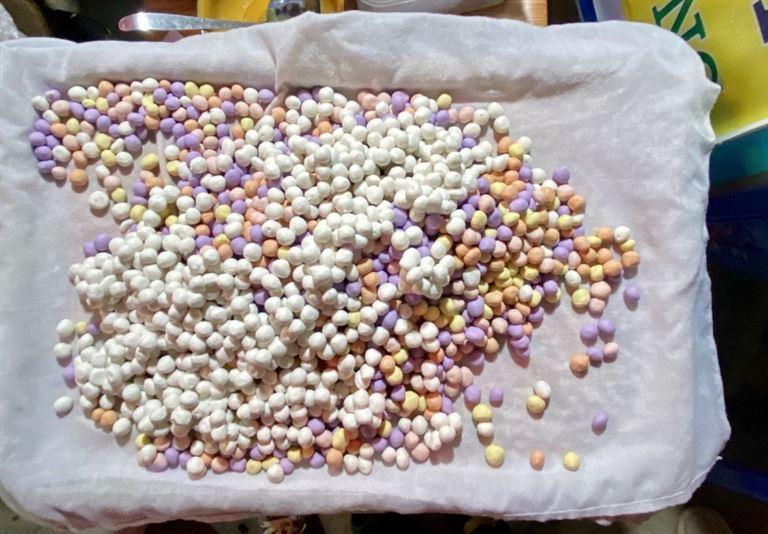
The art of making the ginger syrup
The ginger syrup is made as the rice balls are cooking. To liberate fresh ginger’s scent and taste, slice thinly then boil it in water. Added to the boiling water, sugar produces a sweet and fiery syrup. The intended spiciness level will affect the ginger amount that you use. To improve taste, some recipes additionally call for pandan leaves or a little salt.
Combining the elements
The rice balls are put in the saucepan with the ginger syrup once they have cooked so that, for a few minutes, their flavours blend together. The dish is then presented hot in a bowl, the chewy rice balls buried in the aromatic syrup. For further texture and richness, sprinkle optional sesame seeds, crushed peanuts, or coconut milk over top.
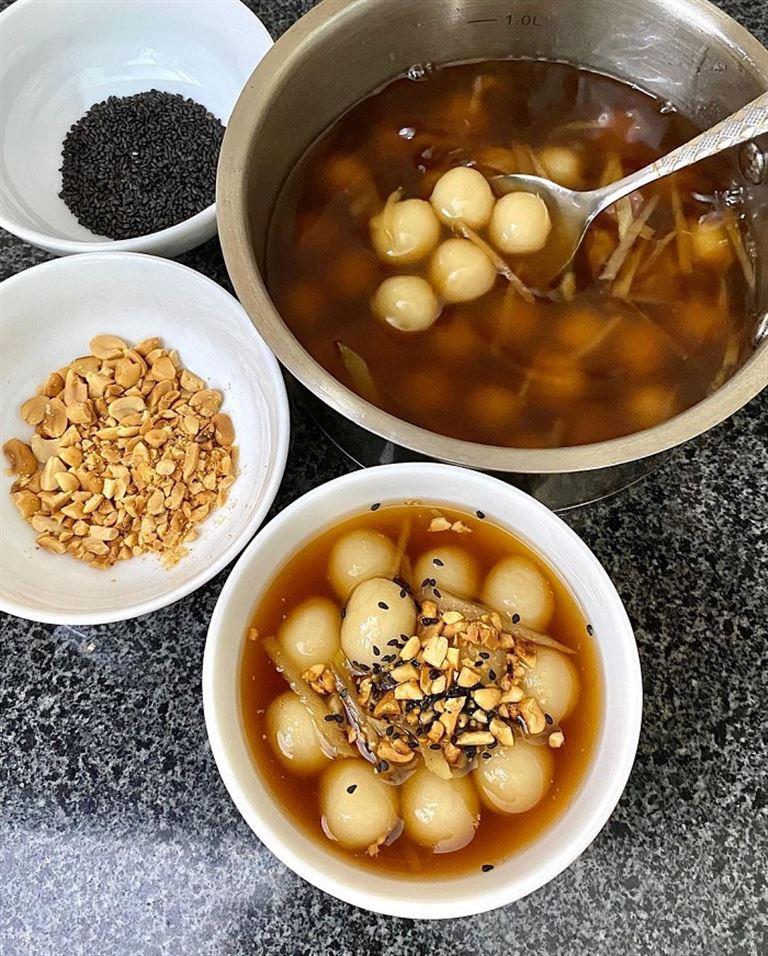
Variations and customization
Although the traditional cooking calls for simple ingredients, Thang Den comes in many flavours including shredded coconut or mung bean paste inside the rice balls. When you bite into the dessert, this surprises you quite nicely. To make the rice balls more aesthetically pleasing, some variations also incorporate coloured dough.
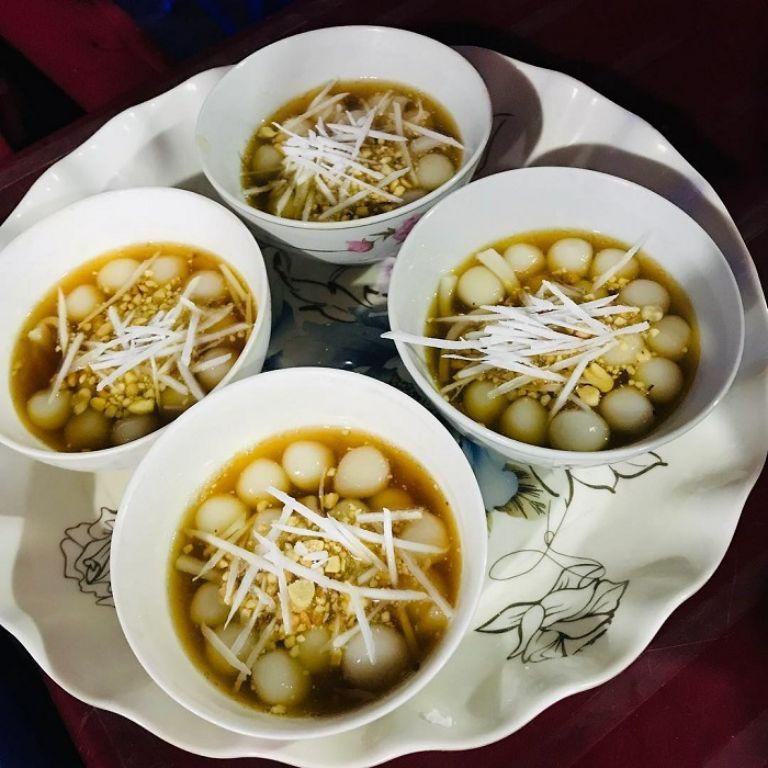
How to Enjoy Thang Den
According to the experiences of many visitors to Ha Giang travel, Thang Den is best enjoyed when the weather starts to get chilly. Having a warm bowl of Thang Den is really wonderful in the calm, peaceful environment of the rustic stone plateau. The soup is kept low-heat boiling to guarantee the meal stays hot and the dumplings stay whole. Freshly produced dumplings are poured into boiling water to cook when consumers arrive.
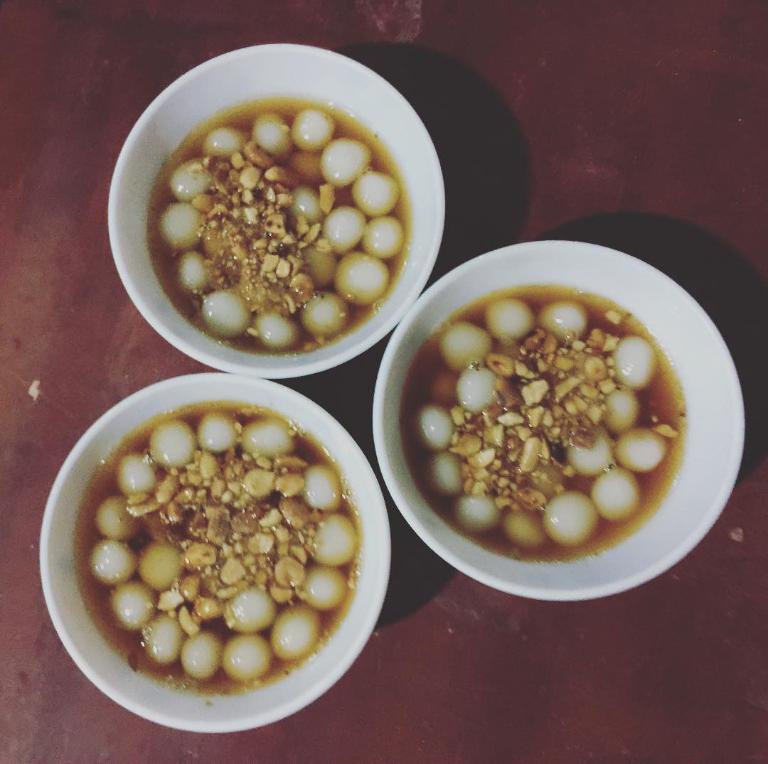
One can change the taste of Thang Den to fit personal preferences. Ask the residents to cut the sugar level if you would want a less sweet cuisine. Including ginger to the bowl will intensify the fiery warmth for people who enjoy some heat. Remember to garnish meals with some crispy roasted peanuts to provide some richness!
Where to Enjoy Authentic Thang Den
Nowadays, Ha Giang boasts many locations with the little, round, white dumplings—both familiar and unusual. Ha Giang’s local markets or the Dong Van Old Quarter have a stall offering Thang Den just waiting for you. Residents as well as visitors love this delight. A bowl will set you back only 5,000 to 15,000 VND, which is really reasonably.
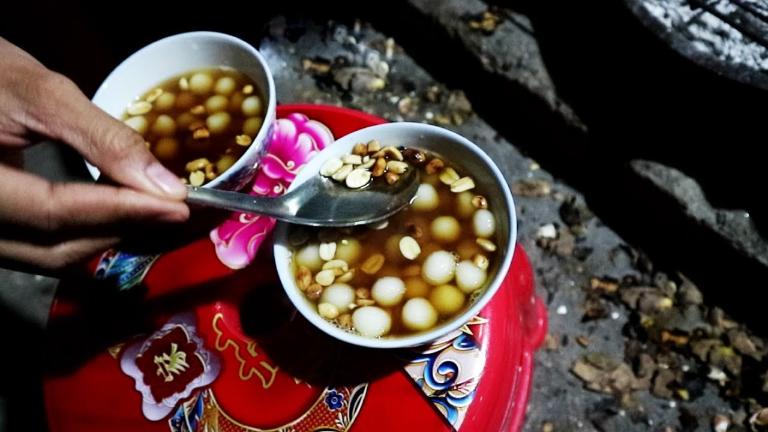
Ha Giang also boasts some homestays, eateries and upmarket hotels with this speciality. Still, not every site can really convey the taste. To have the greatest experience, you can take guided tours such as Ha Giang Motorbike Tours. Here they will suggest locations to savour scrumptious Thang Den.
Other Specialty Dishes from Ha Giang You Should Try
Apart from Thang Den, Ha Giang presents a lot of other must-try gastronomic speciality such Thang Co., Au Tau porridge, smoked buffalo meat, sausage and Shan Tuyet tea. These treats are best enjoyed right now or bought as unusual presents to friends and relatives.
Thang Co – A Must-Try Dish in Ha Giang
There’s a local saying that if you visit Ha Giang without trying Thang Co, you haven’t truly experienced the region. Made from the “offal” of cattle grown by the nearby residents, this meal can call for buffalo, cow, horse, or pig. The components are marinated with different mountain spices including cardamom, cinnamon, and star anise following extensive cleaning and preparation.
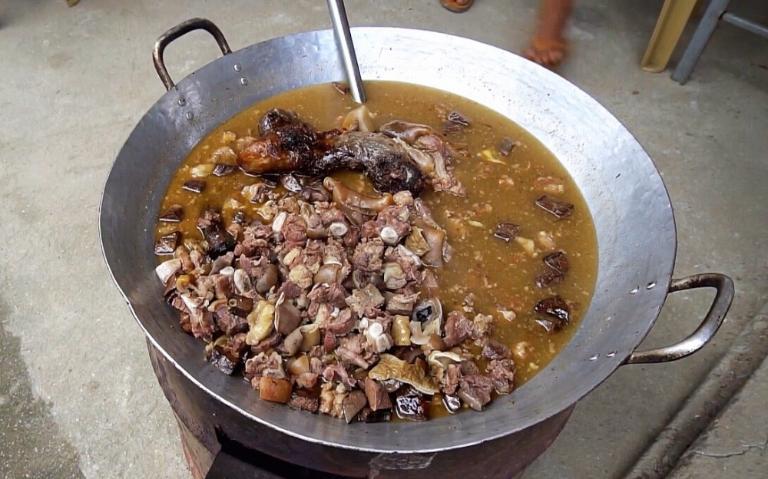
To fit your taste, add some pre-made seasonings including ground chilli, pepper, or salt when savouring Thang Co. Additionally presented to improve the appeal of the meal are fresh herbs. Often coupled with a glass of corn wine for a whole experience, the meal has a somewhat gamey taste from the offal utilisation.
Au Tau Porridge
Another must-try speciality when visiting Ha Giang’s craggy heights is au tau porridge. Made from the toxic Au Tau root, a tuber exclusively found in the northern areas, playfully referred to as “poison porridge” or “deadly porridge,” On the other hand, correctly handled it turns into a healthy and useful food.
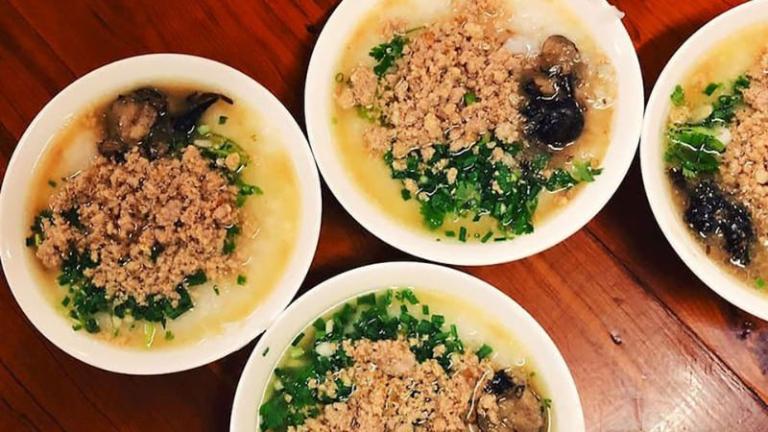
Regular rice and premium glutinous rice are used in cooking the porridge. The Au Tau root needs to be cooked carefully until it turns soft and aromatic. The meal gets richer with the addition of soft pig hock, egg, minced beef, and other ingredients even although its unique bitter taste may make some find difficult to enjoy on their first attempt. To fit your taste, you can also sprinkle some herbs and spices.
Five-Color Sticky Rice
Apart from its taste and appearance, five-color sticky rice has great symbolic value. Usually comprising five colors—white, red, green, purple, and yellow—each of which symbolises one of the five elements—metal, wood, water, fire, and earth. Consequently, traditional Tet holiday feasts in Ha Giang must always feature five-color sticky rice.
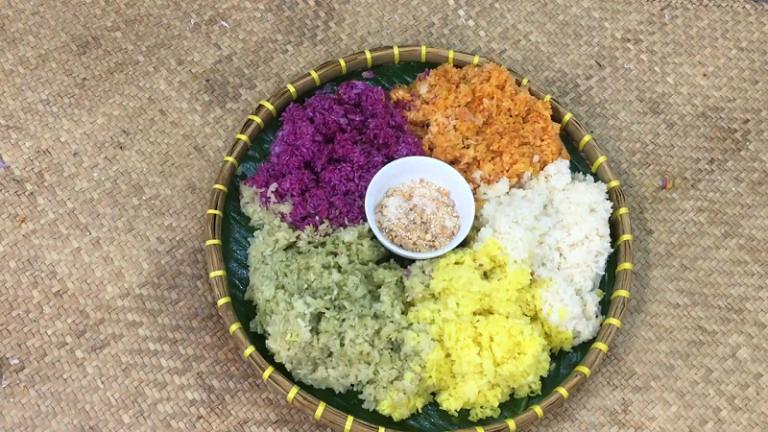
Instead of synthetic colouring agents, the colours of the sticky rice come from natural materials including several plants and roots from the forest. These could call for black rice leaves, ginger leaves, turmeric, gardenia seeds, gac fruit, red rice leaves. Carefully chosen rice guarantees that every grain in this dish is round and plump. This produces a chewy and aromatic dish best eaten on its own or with little sesame salt.
Dong Van Steamed Rice Rolls
For many years Ha Giang has relied on Dong Van steamed rice rolls as a staple food. The local people painstakingly create these rice rolls using well chosen rice to guarantee they are soft, chewy, and absolutely white.
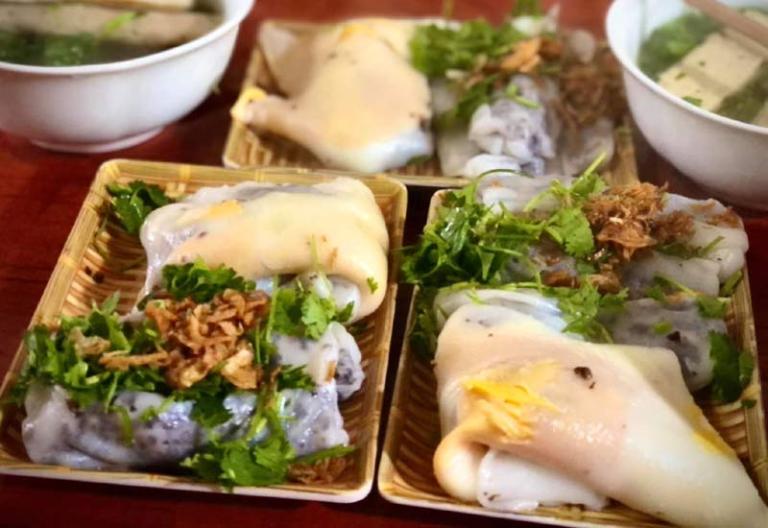
Two main varieties of rice rolls are available in Ha Giang: those stuffed with egg and those loaded with pork. Rich in taste and particularly delicious when dipped in a good bone broth, the rolls have a creamy quality. Dong Van rice rolls differ from those in other areas in that its naturally sweet and rich taste comes from the dipping sauce, created from pork bones. Usually, the meal is presented with slices of aromatic pig sausage and fragrant herbs.
Thang Den represents Ha Giang’s cultural tradition and culinary creativity, not only a feast for the taste buds. Whether savoured as a cosy winter snack or at a joyous celebration, the meal provides a glimpse of the friendliness of the area. The soft rice balls and scented ginger syrup produce a wonderful experience that perfectly portrays Ha Giang.
Related Posts:
- Smoked Buffalo Meat | Discover Ha Giang’s Unique Culinary Delicacy
- Bac Me Lam Rice: A Culinary Treasure of Ha Giang
- Ha Giang Sausage: Discover the Authentic Taste of Northern Vietnam
- Cap nach Pork in Ha Giang: A Culinary Tradition to Savor
- Ha Giang Corn Wine – A Taste of Vietnam’s Cultural Heritage







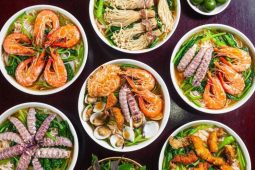

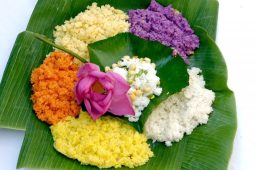
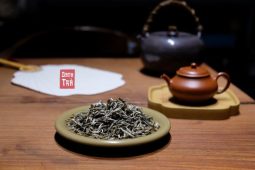
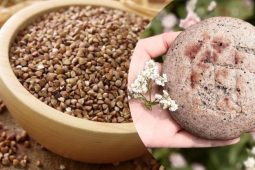
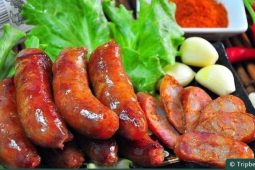
Be the first to comment!